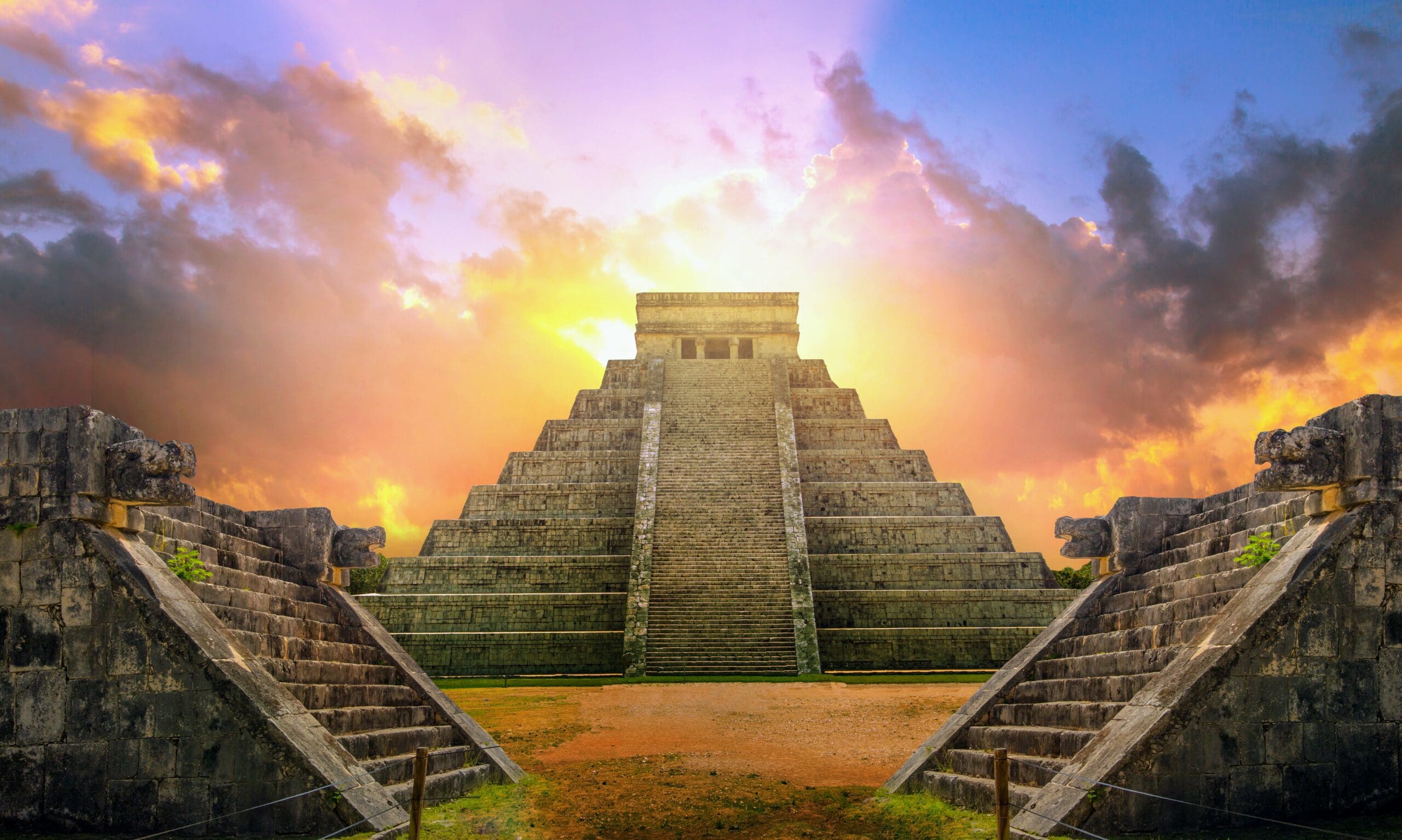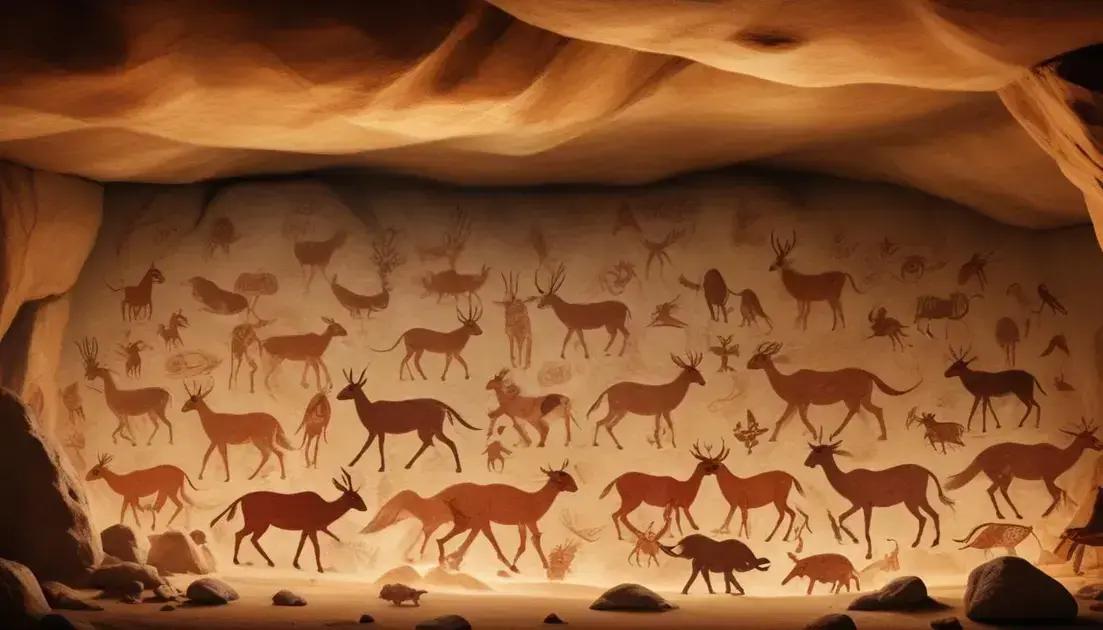
The Influence of the Ancient Mayans on Modern Science and Architecture
The Ancient Maya, a sophisticated civilization that thrived in Mesoamerica (encompassing present-day Mexico, Guatemala, Belize, Honduras, and El Salvador) from approximately 2000 BCE to 1500 CE, left an indelible mark on history. Their legacy extends far beyond the impressive ruins of their pyramids and temples; their contributions to modern science and architecture continue to inspire and inform contemporary thought and design. This exploration delves into the profound impact of the Ancient Maya, examining their mathematical and astronomical breakthroughs, architectural innovations, and the enduring ways their knowledge shapes our understanding of the world.
I. The Maya’s Mastery of Mathematics: A Foundation for Scientific Advancement
The Ancient Maya were exceptionally skilled mathematicians, developing a sophisticated mathematical system that enabled them to meticulously track celestial bodies and construct intricate calendars. Their unique positional notation system, based on a vigesimal (base-20) number system—a system far more advanced than the contemporary Roman numeral system used in Europe—allowed for complex calculations with remarkable ease and accuracy. Crucially, the Maya independently developed the concept of zero, a revolutionary innovation that significantly propelled mathematical progress and laid the groundwork for future mathematical discoveries. This understanding of zero wasn’t merely a placeholder; it was a fully integrated numerical concept, allowing for the representation of vastly larger numbers and the execution of sophisticated mathematical operations.
The implications of the Maya’s mathematical advancements are far-reaching. Their system wasn’t simply a tool for counting; it was a powerful engine driving their astronomical observations and calendar systems. The precision and accuracy inherent in their mathematical framework enabled them to make astonishingly accurate predictions regarding celestial events. This sophisticated mathematical foundation allowed them to develop multiple calendar systems, each serving a unique purpose, highlighting a deep understanding of cyclical patterns and time measurement.
The Maya’s understanding of numbers went beyond simple arithmetic. They engaged in advanced mathematical concepts, including the calculation of square roots, the use of proportions, and the development of complex algorithms for predicting astronomical phenomena. Evidence suggests they had a grasp of concepts akin to trigonometry, albeit expressed within the framework of their unique mathematical system. Their work on series and sequences anticipates elements of later mathematical developments. This intricate understanding wasn’t confined to a select group of priests or scholars; the widespread use of their mathematical system across their civilization demonstrates a level of mathematical literacy rarely seen in other ancient cultures.
The study of Mayan mathematics continues to be a source of fascination and inspiration for modern mathematicians. Their innovative approaches to numeration and their ability to apply these principles to complex astronomical calculations offer invaluable insights into the development of mathematical thought. The Maya’s base-20 system, though different from our base-10 system, highlights the flexibility and adaptability of mathematical systems and challenges our assumptions about the “natural” or “best” system of numeration. The enduring legacy of their mathematical work serves as a testament to their ingenuity and provides a unique perspective on the evolution of mathematics across cultures. Moreover, deciphering their complex mathematical texts and inscriptions continues to challenge and stimulate modern mathematical research, prompting new interpretations and approaches to understanding their methods and calculations. The exploration of the Maya’s mathematical achievements expands our knowledge of mathematical history, enriching our understanding of the development of this fundamental field of human knowledge.
II. Celestial Navigators: The Maya’s Profound Astronomical Discoveries
The Ancient Maya were keen observers of the night sky, meticulously tracking the movements of celestial bodies and developing a deep understanding of astronomical phenomena. Their astronomical observations were not simply acts of religious devotion; they were rigorous scientific endeavors driven by a profound desire to comprehend the universe. This led to remarkable achievements in predicting celestial events with accuracy that continues to amaze modern astronomers.
The Maya’s most famous astronomical achievement is their remarkably accurate observations of Venus. Their detailed records of Venus’s cycles—its heliacal risings and settings—are exceptionally precise. These observations weren’t just casual; they were part of a complex calendrical system interwoven with their social and religious practices. The accuracy of their Venus observations suggests a deep understanding of planetary mechanics and a sophisticated methodology for tracking celestial movement. The precision of their predictions surpasses many later astronomical models. This suggests a refined understanding of the synodic period of Venus, the time it takes to complete one cycle in relation to the Earth, indicating advanced astronomical calculations.
Beyond Venus, the Maya also meticulously tracked the movements of the Sun, Moon, and other stars, creating incredibly intricate calendars that measured time with exceptional precision. These calendars weren’t mere timekeeping devices; they served as sophisticated tools for organizing societal activities, predicting agricultural cycles, and conducting religious rituals. The correlation between their calendars and the cycles of celestial bodies showcases a refined understanding of astronomical cycles and the ability to predict celestial events with significant accuracy.
The Maya’s understanding of the precession of the equinoxes—a gradual shift in the Earth’s axis—is another testament to their astronomical expertise. Their ability to account for this subtle yet significant celestial phenomenon highlights their sophisticated observations and understanding of long-term celestial cycles. This understanding was deeply ingrained in their cosmology and had a significant impact on their religious beliefs and societal practices.
The legacy of the Maya’s astronomical observations extends far beyond their own civilization. Their meticulously recorded observations provide invaluable data for modern astronomers. The accuracy of their predictions, their understanding of complex celestial cycles, and their innovative methods for tracking planetary movements offer compelling evidence of their remarkable scientific prowess. Their work inspires modern research into ancient astronomy and challenges our assumptions about the scientific capabilities of pre-Columbian civilizations. The study of their astronomical knowledge provides a unique window into the evolution of astronomical observation and expands our understanding of the development of scientific thought across different cultures. Analyzing their observations continues to challenge modern astronomers, leading to new insights and interpretations of ancient astronomical practices.
III. Architectural Marvels: Mayan Innovations in Design and Engineering
The Ancient Maya were masters of architecture, developing innovative building techniques that enabled them to construct monumental structures that have withstood the test of time. Their use of readily available materials such as limestone, sandstone, and volcanic rock was not just a matter of necessity; it reflected a deep understanding of the properties of these materials and how best to utilize them for construction. Their architectural prowess wasn’t confined to simple structures; they employed sophisticated engineering techniques to build impressive temples, pyramids, and palaces.
One of the Maya’s most remarkable architectural achievements is their mastery of the corbel arch, a construction technique that predates the Roman arch. The corbel arch, created by progressively overlapping stones, allowed them to create impressive vaulted structures without the need for a keystone, a feat of engineering that showcases their deep understanding of structural mechanics. This technique, while seemingly simple, is incredibly effective in distributing weight and supporting considerable mass.
The Maya’s construction of stepped pyramids, such as those at Tikal and Chichen Itza, represents another remarkable architectural accomplishment. These structures were not simply monumental displays of power; they incorporated sophisticated engineering principles designed to withstand seismic activity and endure for centuries. The stepped pyramids are a testament to their understanding of gravity, weight distribution, and structural integrity. The precision with which these massive structures were built speaks to their advanced construction techniques and organizational abilities.
Their cities were not simply haphazard collections of buildings; they were carefully planned urban centers. Many Mayan cities exhibited a grid-like layout, suggesting an understanding of urban planning principles. This suggests a systematic approach to city design, reflecting careful consideration of factors such as water access, transportation, and the overall social structure of their communities. This advanced urban planning demonstrates a sophistication rarely found in other ancient civilizations.
The Maya’s architectural innovations profoundly influenced modern architecture. Their use of natural materials, their understanding of sustainable building practices, and their appreciation for integrating their structures into the natural landscape have inspired contemporary architects to adopt more environmentally conscious design principles. The study of Mayan architecture provides valuable insights into the development of sustainable building techniques, demonstrating the ability of ancient civilizations to create structures that were both aesthetically pleasing and environmentally responsible. The integration of natural ventilation and light into their buildings showcases an understanding of passive design principles that are once again gaining prominence in modern green architecture. The enduring strength and beauty of Mayan architecture continue to serve as inspiration for modern builders and architects, pushing the boundaries of sustainability and design.
IV. The Enduring Legacy: The Maya’s Impact on Modern Thought
The influence of the Ancient Maya extends beyond specific disciplines; their achievements represent a testament to human ingenuity and the power of scientific inquiry. Their contributions to mathematics and astronomy laid the foundation for significant advancements in these fields, while their architectural innovations continue to shape contemporary design.
The Maya’s emphasis on observation, precise measurement, and the application of mathematical principles to understand the world provides an invaluable lesson for modern scientists. Their rigorous approach to data collection and analysis is a hallmark of the scientific method, demonstrating the importance of meticulous observation and the careful interpretation of data. The study of their work serves as a reminder of the iterative nature of scientific discovery, emphasizing the importance of building upon previous knowledge and challenging existing paradigms.
The Maya’s sophisticated understanding of time and its cyclical nature continues to resonate with contemporary scientific thought. Their intricate calendar systems reflect an understanding of the interconnectedness of various natural phenomena and the importance of cyclical patterns in the natural world. This holistic approach to understanding time and natural cycles provides a valuable perspective on contemporary scientific inquiries into the patterns and rhythms of the universe.
The Maya’s innovative use of materials, their understanding of sustainable building practices, and their integration of architecture into the natural environment offer valuable lessons for modern architects and urban planners. Their approach to construction highlights the importance of incorporating local materials, minimizing environmental impact, and creating structures that are both functional and aesthetically pleasing. The study of Mayan architecture provides a unique opportunity to explore sustainable design principles and learn from the innovative techniques employed by this ancient civilization.
The ongoing research and interpretation of Mayan texts, artifacts, and structures continues to reveal new insights into their achievements and expand our understanding of their scientific and cultural contributions. The ongoing investigation of their complex mathematical and astronomical systems, their sophisticated architectural techniques, and their profound understanding of the natural world remains a dynamic and rewarding area of study, continuously enriching our knowledge of this remarkable civilization and challenging our preconceived notions about ancient societies. The enduring legacy of the Ancient Maya serves as a powerful reminder of the ingenuity and potential of human civilization. Their achievements continue to inspire scientific inquiry, architectural innovation, and a deeper appreciation for the achievements of ancient cultures. Their legacy stands as a testament to human creativity and the enduring power of knowledge across millennia.


